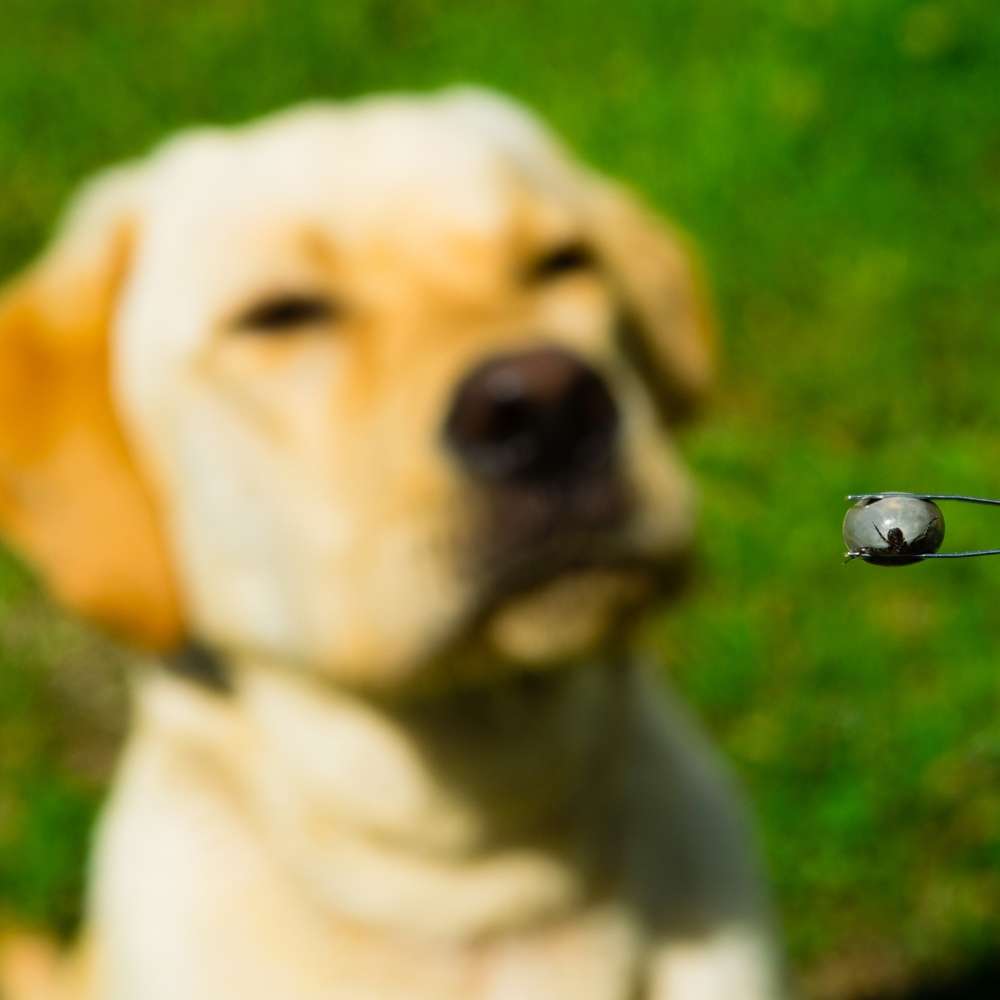Physical Address
304 North Cardinal St.
Dorchester Center, MA 02124

Table of Contents
Dog Lyme Disease

One very evident nature of dogs is being overly active. As lazy as an owner can be, a hyperactive pooch will always beg to go outside.
However, being exposed outdoors increases the risk of your dog catching a disease. In addition, the outside world houses parasites that can harm any living creature.
Parasites, on the other hand, only care about one thing: surviving. These creatures don’t care about what happens to the host. Eating and surviving are the only things that a parasite does.
With this, the transmission of microorganisms takes place, such as bacteria and viruses. Lyme disease classifies itself as one medical condition which can be caught by contact with parasites.

A bacteria named Borrelia burgdorferi primarily causes Lyme disease.
It is denoted as having a large red rash around the bite site after a week if bitten by a parasite. It targets horses, cats, dogs, and even humans.
Dogs, in particular, are very susceptible to this condition since parasites like ticks often attach themselves to them. Ticks, specifically deer ticks, transmit the Borrelia Burgdorferi bacteria when contacted to the dog’s skin.
The tick takes approximately 1 to 2 days to actually transmit the bacteria. This is highly possible since ticks do attach themselves to dogs for a very long time.
In addition, around 10% of dogs infected actually show symptoms. This means that your dog may actually have Lyme disease even without showing visible signs.

The red rash around the aforementioned bite is not actually present in dogs infected with the disease. Often, dogs infected are taken to veterinarians due to them experiencing pain.
Also, owners may notice that they actually stop eating.
The symptoms above should be enough to have your pooch be checked at the veterinarian. Dogs with Lyme disease that exhibits these symptoms, when left unnoticed, may progress to kidney failure.
In addition, complications to the nervous system and even cardiac failure may occur on severe occasions.
In severe cases, which often happens when left unnoticed, Lyme disease targets the kidneys. It causes glomerulonephritis, which is the inflammation of the kidney filters.
This prompts them to fail in their everyday functions, and it can be fatal.
If these symptoms persist, it is highly recommended that the dog be checked. Wait for it to be professionally diagnosed with Lyme disease before giving any form of treatment.
In other words, do not let your dog suffer from the latter stages of Lyme disease if it already exhibits the first mentioned symptoms.
Consulting your veterinarian often is a must, especially if the dog has been in contact with ticks.

Since this is caused by bacteria, veterinarians recommend dog owners put their pet dogs under antibiotics. Usually, doxycycline is prescribed.
But other antibiotics can do, like amoxicillin or azithromycin, depending on the seriousness of the disease. Do note that it still is best to get the veterinarian’s prescription before imposing any form of treatment on your dog.
The treatment usually lasts up to 30 days or 4 weeks, depending on the severity of the disease. In some cases, most especially the post-treatment part, the infection might still persist. This is despite the effect of antibiotics taken. If this happens, the veterinarian may prescribe another round of treatment.

Since Lyme disease is primarily caused by ticks, then properly monitoring your dog of ticks helps. Lessening the dog’s exposure to tick-infested areas reduces the risk of having contact with one.
Also, a dog owner must know how a tick survives or its general nature (habitat, survivability, etc.)
Ticks commonly find themselves in sandy, woody, or grassy areas. Their sharp sensors enable them to find their host very easily.
These parasites often get to the dog’s skin through a leaf, grass, or even small trees. These places are where a dog often gets in contact with when outside.
Cleaning the dog’s surroundings, as well as bathing the dog, aids in repelling ticks.
The veterinarian may often recommend some things to aid in repelling these parasites. Scented collars and bath soaps are often suggested.
However, these can also be bought at a local store near you. In addition, chewable treats may also be able to aid in repelling ticks.
The important thing to know is that ticks are susceptible to smell. Basically, if they sense something they don’t want, they tend to stay away from that.
Vaccination of dogs against Lyme disease can also be done. This is only necessary if the veterinarian has prescribed it.
Do remember that a vaccine is not a treatment method nor a substitute for medicine. So, infected dogs should be treated for their Lyme disease first before being vaccinated.
Annual vaccination is recommended, with two dosages at a four-week interval, depending on the dog.
Lyme disease can be acquired upon contact with a deer tick. The Borrelia Burgdorferi bacteria will spread into the dog’s body through its bloodstream.
In other words, if left unattended, it may lead to severe stages, leading to organ failures and possibly even death. Preventing this from happening starts with how the owner treats the dog.
Maintaining a clean surrounding for you and your pooch comes first. However, nowadays diseases can come from anywhere at any time.
A guy who loves to write anything that comes to mind. Self-proclaimed dog lover with two cute dogs. Dreams of becoming a published writer someday. Currently working on how to make that dream a reality.